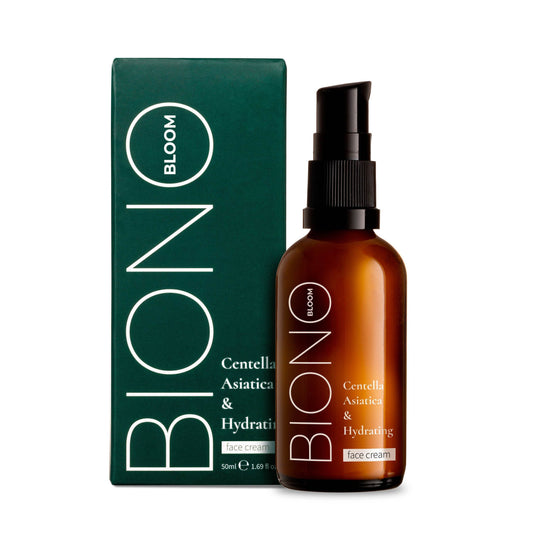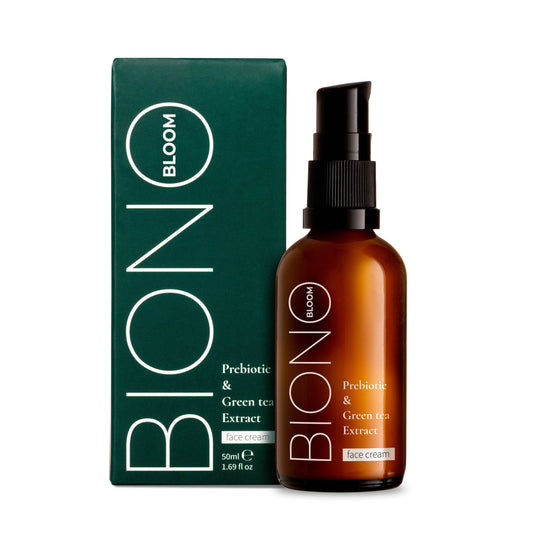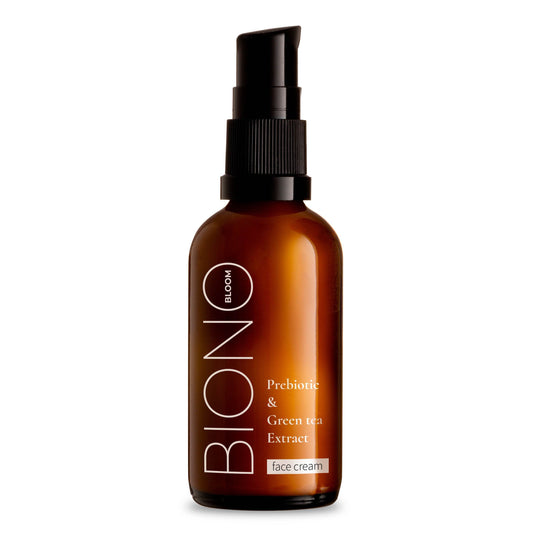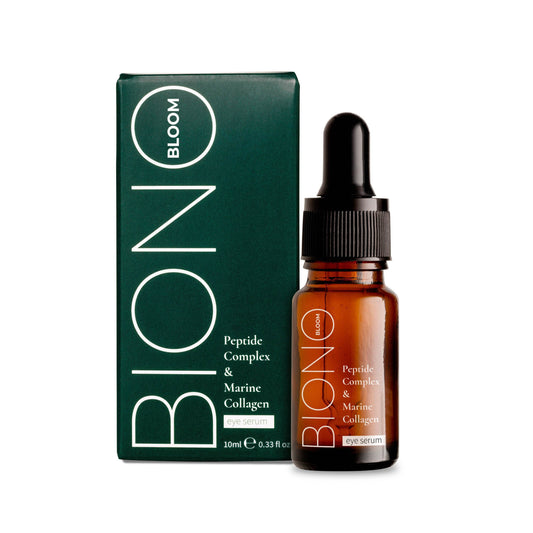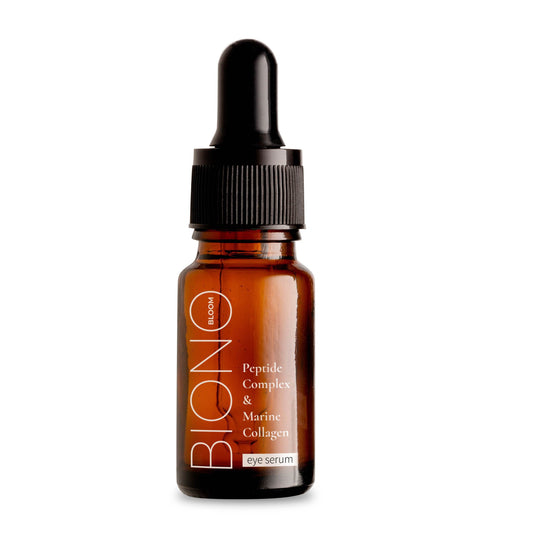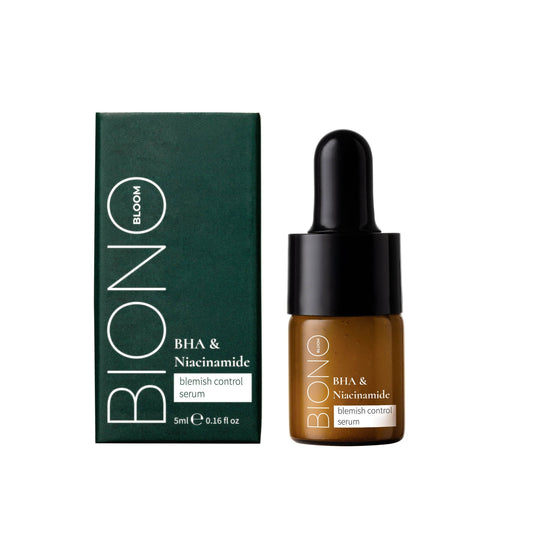
Salicylic acid for the face: how it works and who it is suitable for
Share
Salicylic acid is one of the most effective active ingredients in cosmetics, revolutionizing everyday skin care. This natural beta-hydroxy acid (BHA) obtained from willow bark has become an irreplaceable element in the fight against skin imperfections, especially in the case of acne problems and excessive sebum production. Its unique properties allow for deep cleansing of pores, gentle exfoliation of dead skin and regulation of sebaceous glands, making it an ideal solution for people struggling with various dermatological problems.
The mechanism of action of salicylic acid on facial skin
Salicylic acid works through a keratolytic process, which involves dissolving the connections between dead skin cells. Thanks to its lipophilic nature, it can penetrate deep into the skin's pores, where it effectively removes accumulated impurities, sebum and bacteria. This process is especially important for oily and combination skin, where excessive sebum production leads to clogged pores and the formation of blackheads.
Salicylic acid molecules are fat-soluble, meaning they can easily penetrate the sebum layer on the skin’s surface. Once they reach the deeper layers of the epidermis, they begin an exfoliation process that stimulates cell renewal and improves skin texture. Regular use of salicylic acid leads to visibly smoother skin and a reduction in the appearance of pores.
Additionally, salicylic acid has anti-inflammatory properties that help soothe irritation and redness associated with acne. Its antibacterial action limits the growth of Propionibacterium acnes bacteria, which are the main cause of inflammation in hair follicles. This complex activity makes it an extremely effective ingredient in the fight against various forms of acne.
Salicylic Acid for Acne: An Effective Solution for Problem Skin
Salicylic acid for acne is one of the most effective and scientifically proven solutions in the fight against acne of varying degrees of severity. This beta-hydroxy acid (BHA) works at a deep level, penetrating directly into the skin's pores, where the main processes of acne formation take place. Thanks to its keratolytic properties, salicylic acid dissolves the "cement" between dead skin cells, which often block pores and create an ideal environment for the growth of Propionibacterium acnes bacteria.
The mechanism of action against acne is that salicylic acid not only removes surface impurities, but also cleanses pores from the inside, eliminating excess sebum and dead skin cells. This prevents the formation of new comedones (black and white dots) and reduces inflammatory processes in existing acne elements. The anti-inflammatory properties of the acid help to calm redness and swelling that accompany pimples more quickly.
For maximum effectiveness in the fight against acne, salicylic acid should be used regularly, starting with low concentrations (0.5-1%) and gradually increasing to 2% depending on the skin's reaction. It is important to remember that results become visible after 4-6 weeks of regular use, because the skin cell renewal cycle lasts about 28 days. Combining salicylic acid with proper cleansing, moisturizing and mandatory use of sunscreen creates a comprehensive approach to treating acne and preventing its recurrence.
Skin Types That Benefit Most from Salicylic Acid
Oily and combination skin are the main skin types that benefit the most from using salicylic acid on your face. People with this skin type often struggle with excess sebum production, especially in the T-zone (forehead, nose, chin), which leads to blackheads and breakouts. Salicylic acid effectively regulates the sebaceous glands and prevents pores from getting clogged, which significantly improves the appearance and condition of the skin.
Acne-prone skin, regardless of age, also responds well to regular use of salicylic acid. Both juvenile acne vulgaris and its adult form are characterized by similar mechanisms of development - excessive keratinization of hair follicle openings and bacterial colonization. Salicylic acid addresses both of these problems simultaneously, offering a comprehensive solution for people suffering from varying degrees of acne severity.
Mature, problem skin can also benefit from the benefits of salicylic acid, especially if it has enlarged pores, uneven texture, or remnants of acne. Gentle exfoliation stimulates cell renewal, which can help reduce fine lines and improve the overall appearance of the skin. However, mature skin, especially dry skin, requires careful dosing and proper hydration.
Correct use of salicylic acid in skin care
Introducing salicylic acid into your daily skincare routine requires a gradual approach and the right knowledge of proper dosing. Beginners should start with low-concentration products (0.5-1%) applied 2-3 times a week, preferably in the evening, so that the skin can get used to the acid. Gradually, you can increase the frequency of use, observing the skin's reaction and adjusting the intensity to individual needs.
It is best to apply salicylic acid for the face to cleansed, dry skin, avoiding the eye and lip areas, where the skin is particularly delicate. After application, wait about 10-15 minutes before applying other skin care products so that the acid can fully absorb and begin its action. It is important not to combine it with other acids at the same time, which can lead to excessive skin irritation.
The key to safe use of salicylic acid is consistently using a high SPF sunscreen. Exfoliating acids increase skin’s photosensitivity, so daily application of a sunscreen is essential to prevent sun damage and discoloration. Additionally, when using salicylic acid, it’s a good idea to add moisturizing ingredients like hyaluronic acid or niacinamide to your routine to help maintain proper skin hydration levels.
Contraindications and precautions for using salicylic acid
Although salicylic acid is considered a safe cosmetic ingredient, there are specific contraindications and situations that require special caution. People with an allergy to aspirin (acetylsalicylic acid) should avoid products containing salicylic acid, as both compounds belong to the same chemical family and can cause similar allergic reactions. Pregnant and breastfeeding women should also consult a doctor before introducing salicylic acid into their skincare routine.
Very sensitive skin, prone to irritation or suffering from dermatological conditions such as rosacea, eczema or seborrheic dermatitis, may react negatively to salicylic acid. In such cases, it is necessary to consult a dermatologist, who will assess whether the use of this active ingredient is safe and appropriate. Symptoms such as excessive redness, burning, itching or flaking of the skin may indicate an intolerance to the product.
It is also important to avoid using salicylic acid together with other aggressive active ingredients, such as retinol, glycolic acid or benzoyl peroxide, especially at the beginning of introducing a new product. Such a combination can lead to excessive skin irritation and damage to the protective barrier of the epidermis. If you experience any disturbing symptoms after using salicylic acid, you should immediately stop using it and consult a specialist.
Choosing the Right Salicylic Acid Products for Your Face
The cosmetics market offers a wide range of products containing salicylic acid, from gentle toners through intensive serums to specialist exfoliating masks. When choosing the right product, it is crucial to pay attention to the concentration of salicylic acid - beginners should reach for preparations with a concentration of 0.5-1%, while more experienced users can use products with a concentration of up to 2%. The form of the product also matters - toners and fluids are ideal for daily use, while serums offer a more concentrated effect.
The quality and reputation of the manufacturer are other important selection criteria, because a properly formulated product with salicylic acid should also contain soothing and moisturizing ingredients that minimize the risk of irritation. It is worth looking for products that also contain niacinamide, panthenol or allantoin, which support skin regeneration and soothe any irritation. Packaging is also important - salicylic acid is sensitive to light and air, so products in dark bottles with a pump or dropper work best.
The price does not always reflect the quality of the product, but it is worth remembering that very cheap products may contain improperly formulated salicylic acid or additional irritating ingredients. Before buying, it is worth reading the composition of the product and the opinions of other users, paying special attention to information about the effectiveness and skin tolerance. Starting to use a new product with salicylic acid should always be done gradually, with observation of the skin's reaction and appropriate adjustment of the frequency of application.
Summary of Salicylic Acid Benefits
Salicylic acid for the face is an incredibly effective and versatile solution for those struggling with a variety of skin concerns, from acne to uneven skin texture. Its unique ability to penetrate deep into the pores of the skin, combined with its anti-inflammatory and antibacterial properties, make it the ideal active ingredient for oily, combination and blemish-prone skin. Regular and proper use of salicylic acid can yield visible results in the form of clearer, smoother and more radiant skin, provided that the rules of safe use are followed.
The key to success with salicylic acid is patience, consistency and individual adaptation of the skincare routine to the needs of your skin. Remembering to introduce the product gradually, appropriate sun protection and careful observation of the skin's reaction, you can enjoy all the benefits that this revolutionary cosmetic ingredient has to offer. In case of doubts or skin problems, it is always worth consulting a dermatologist, who will help you choose the right skincare strategy with salicylic acid.

